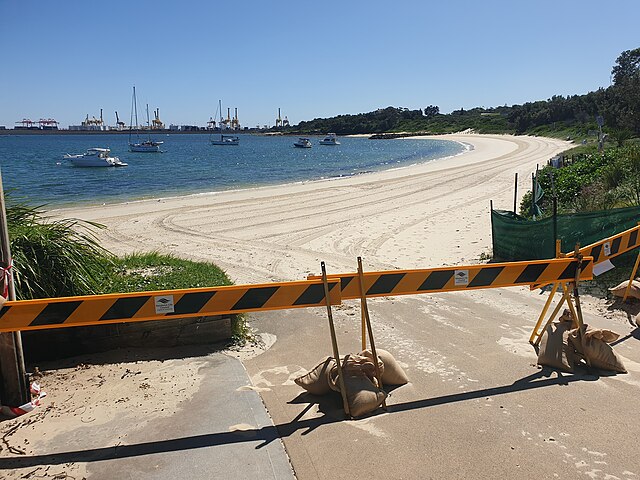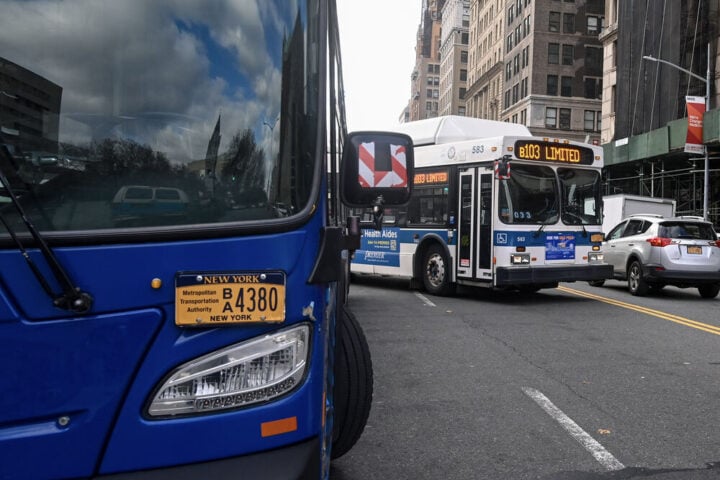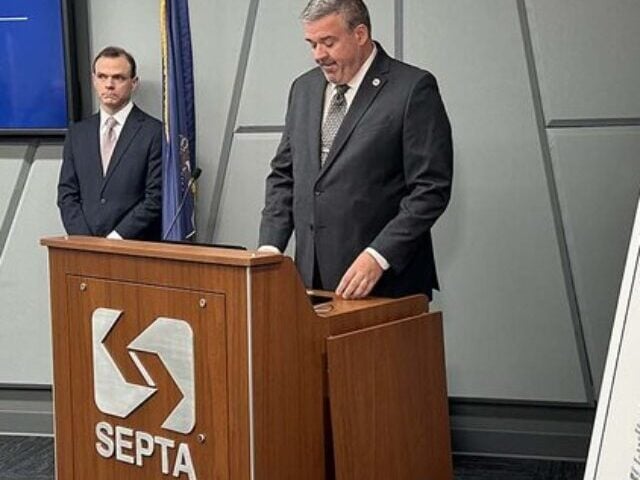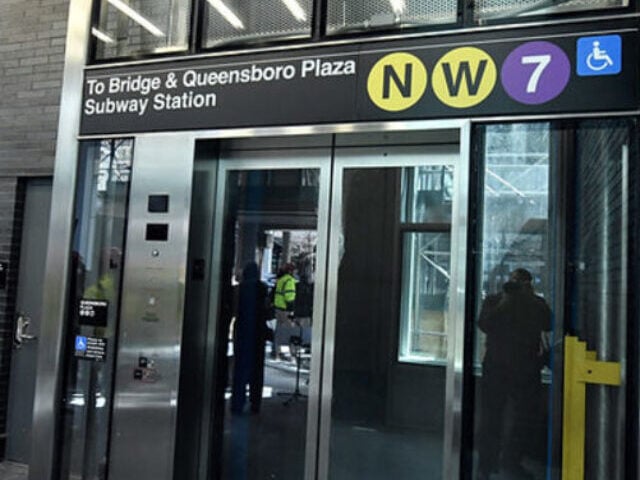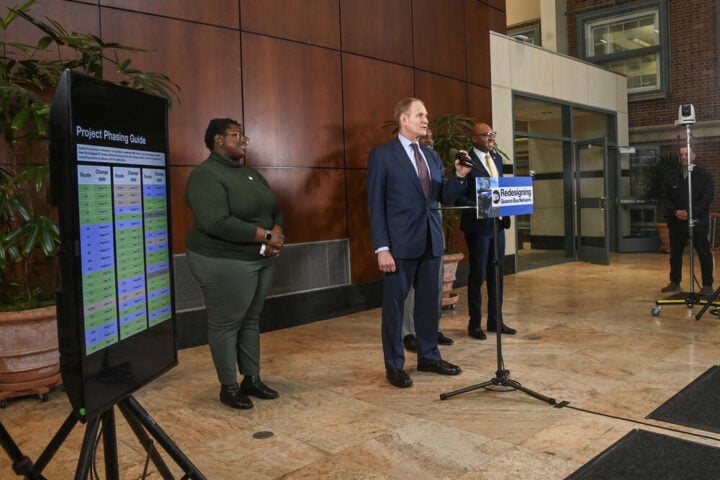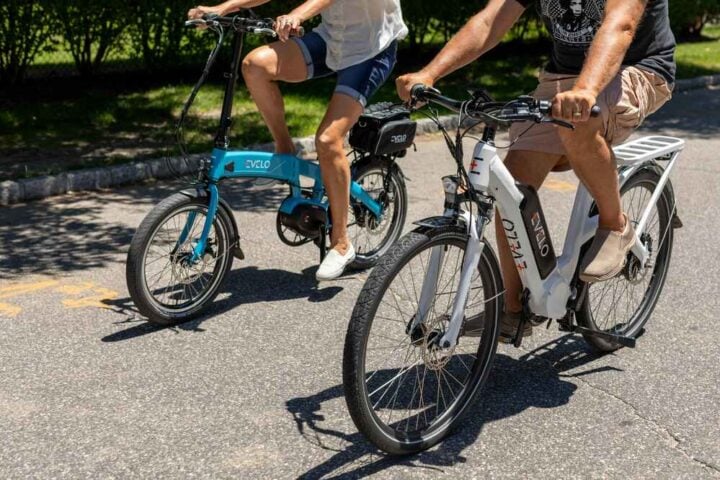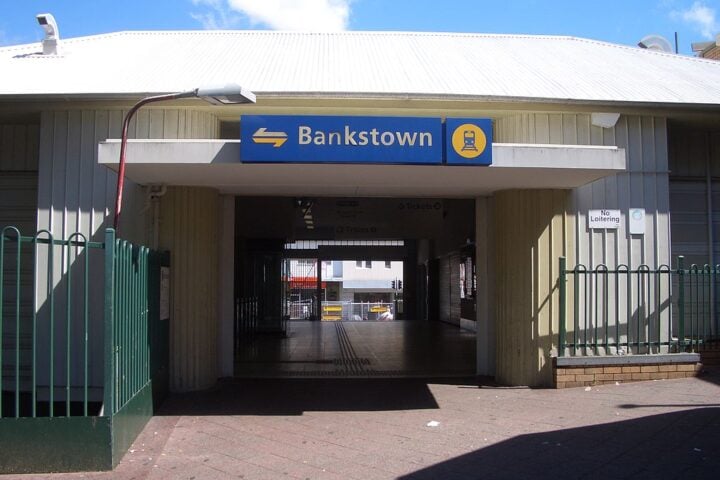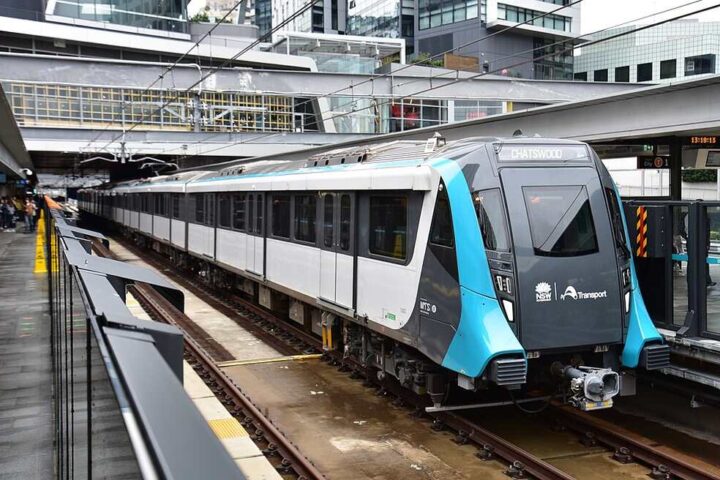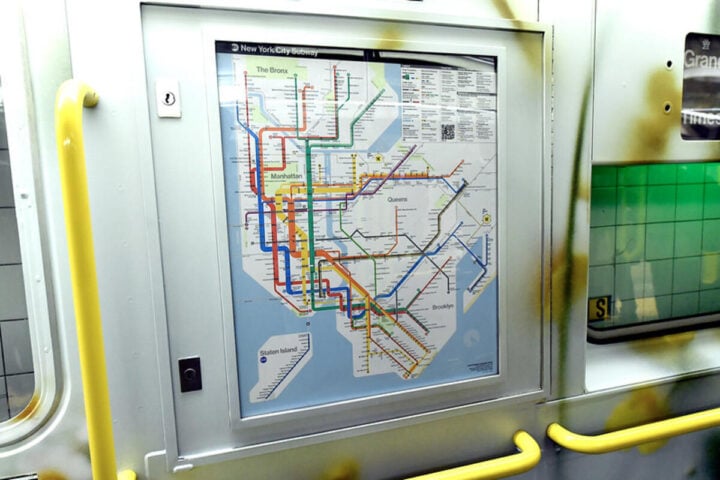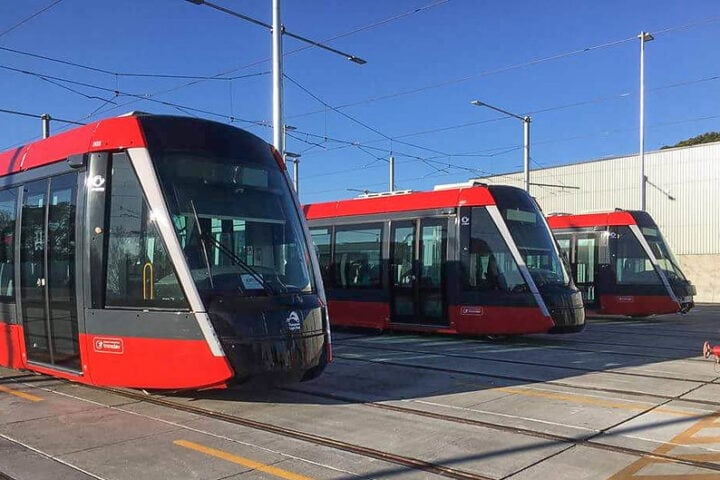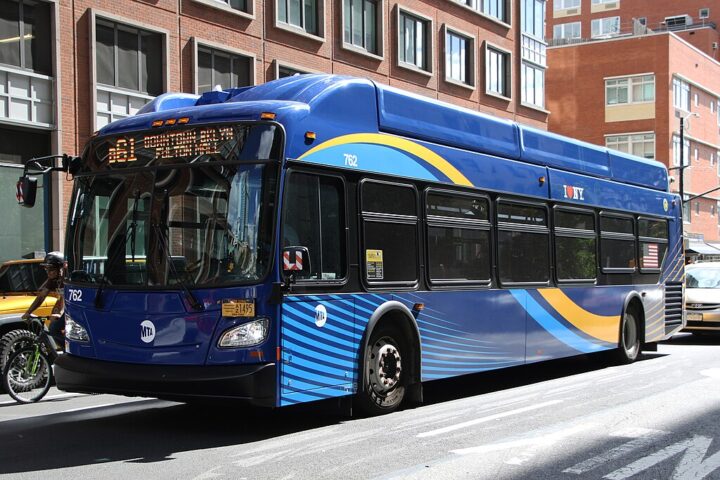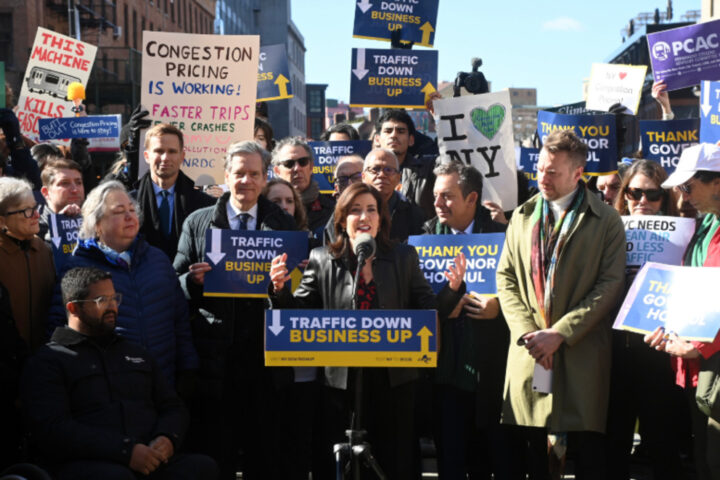The U.S. Department of Transportation reports traffic deaths have fallen for ten straight quarters, thanks to a combination of smarter technology and better road design.
“We’re seeing real progress in our mission to reach zero roadway fatalities,” says U.S. Transportation Secretary Pete Buttigieg. The Department just released its 2025 National Roadway Safety Strategy Progress Report, showing how $1.2 billion in new funding is making streets safer in neighborhoods across the country.
New vehicles will come with automatic emergency braking as a standard feature. This technology automatically stops vehicles to prevent collisions and includes pedestrian detection. Government experts estimate it will save 360 lives and prevent 24,000 injuries every year. This advancement means vehicles can respond faster than human reaction time to prevent accidents.
The safety improvements extend to work zones, where new regulations enhance protection through updated barriers and safety measures. The changes focus on mobility performance, data-driven reviews, and protective measures for both workers and drivers.
Verizon is implementing Cellular-Vehicle-to-Everything (C-V2X) technologies using 5G networks. This allows vehicles to communicate important safety information. For commercial fleets, Verizon’s AI-powered dashboard cameras help monitor and reduce unsafe driving behaviors like distracted driving, tailgating, or drowsiness.
Similar Posts
Local communities are taking action too. In Milwaukee County, all 19 cities are working together to tackle dangerous driving through their Complete Communities Transportation Planning Project. They’re using data to develop comprehensive safety action plans.
Emergency response is improving as well. The International Academies of Emergency Dispatch is studying 911 calls about crashes to help inform analysis and policy. This research aims to identify patterns and improve emergency response strategies.
The government’s strategy treats road safety like layers of protection. If one safety measure fails, others are in place to prevent tragedy. This approach covers everything from road design and vehicle safety to emergency response after crashes.
These changes are already making a difference. The Safe Streets program has reached 75% of Americans, funding improvements in 1,600 local areas. These improvements focus on creating safer transportation systems across communities.
The initiative has gained support from 196 organizations, from tech companies to local governments. Each partner brings new ideas and resources to make roads safer. Emergency call centers are sharing crash-related data to help inform future safety measures.
This comprehensive approach to road safety shows promise, but the work continues. The goal remains ambitious: zero deaths on American roads. With technology advancing and communities working together, that future looks more achievable than ever.


